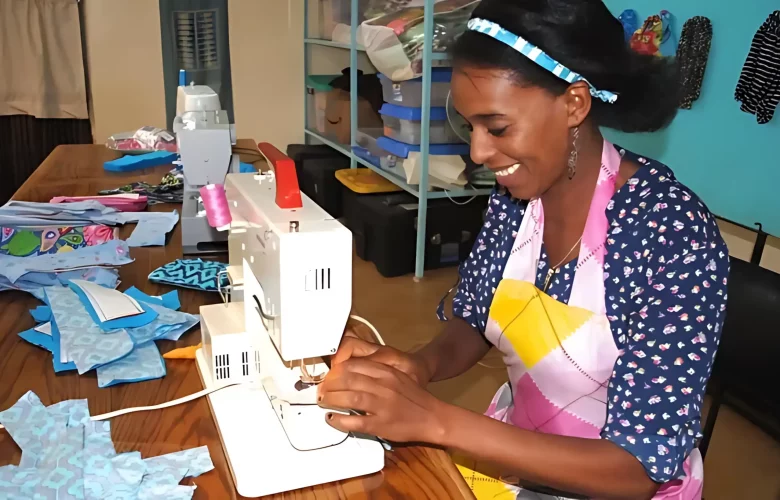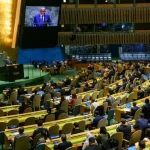Ethiopia is the fastest growing economy in the world. It is undeniable that fashion is currently one of the most profitable industries. Put those two together and you get what the Ethiopian government has been working towards over the past couple of years- the making of one of the largest fashion manufacturing centres on the continent.
The government has bet on clothing for its economic progression. With industrial parks set up around the country in major cities like Mekele, the industry has seen an average growth of 51% over the last 6 years. Major retailers like H&M, PVH Corp (owner of brands like Calvin Klein) and Primark have set up shop to test the waters, seeking out newer and cheaper sourcing hubs due to rising wages and an ongoing reputation of the dismal working conditions in Asia. This is an ongoing effort to keep growing the export business and increasing job opportunities for the upcoming youth. But what about internal investments?
Ethiopia is a transitional economy, the middle class is only just now up-and-coming. According to Dr. Karan Khurana, professor of fashion at Bahir Daar University, 2018 leaves the fashion industry, “still very nascent, a major development has happened only in the production [and] infrastructure settlement.” Though it is still in its fledgling state, there are a few things to consider and some to look forward to.
The current market in Ethiopia is split rather unequally between people who can afford artisanal and designer brands that have been popping up around the capital, and the majority who default to the cheap but relatively good quality Chinese ready-to-wear market that remains unchallenged by newer businesses.
However, locally made clothes are starting to get attention. In October, the Hub of Africa Fashion week founded by Mahlet Teklemariam hosted many local designer collections that pleased guests from across the continent and the west. Designers in Ethiopia are finding ways to take traditional clothing to the next level, like Mafi Mafi, who has been creating lines inspired by the diversity and distinct characteristics of fabric from different regions. Though there is untapped potential here, some designers choose to create clothing that stays true to their roots, but also take a more minimal and trendy approach. Muse Legesse’s innovative unisex SS19 sportswear line uses the traditional white colour that is ever-present in Ethiopian clothing less obviously.
Hub of Africa fashion week attracted the attention of the international fashion community, meaning there is a growing interest in the domestic aesthetic. Though this shows that there is an appetite for local African designers, it also comes with the dangers of copycats ripping off Ethiopian garments, producing them inauthentically and selling at reduced prices in the mass market. Protections from cultural appropriation have to be in place before we move forward in creating awareness of such brands internationally.
The appetite, appreciation, and growth of the industry are all there, “..there is a lot of interest in such fields,” says Dr. Khurana, who has witnessed it himself in his classes. What is missing, however, is the middle class that can develop ready to wear clothing that would compete with the Chinese monopolisation of the market, contribute to the social and economic development greatly, and decentralise economic power so that it is distributed more evenly and people have more to spend.
The potential and the will to develop this industry is there. Ethiopia is on a slow and steady path to becoming Africa’s next creative capital.





